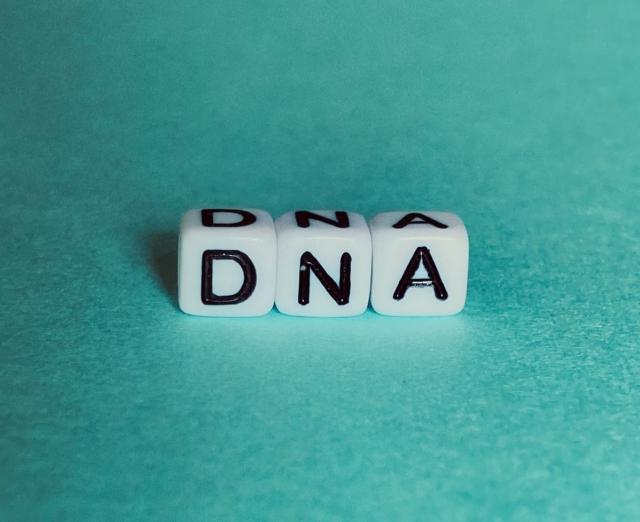As to whether the combination of SNPs and STRs is superior to SNPs alone for prenatal paternity testing, the following points need to be considered
SNP and STR characteristics
1. SNP(Single Nucleotide Polymorphism)
- Features: SNPs are variations of a single base in a DNA sequence and are present in the human genome in the millions; analysis of SNPs is usually carried out in an automated, high-throughput manner, allowing large-scale analysis.
- Advantages: because they are present at very high frequencies, they can be analyzed with high accuracy using a number of genetic markers in paternity testing. In addition, SNPs have a low mutation rate, which makes it easy to obtain stable results.
- Limitations: due to the low information content of each SNP, a very large number of SNPs need to be analyzed and may not provide sufficient information in certain situations (e.g. appraisals between very close relatives) when used on its own.
2. STR(Short Tandem Repeat)
- FEATURES: STRs are short repeat sequences in DNA, with the number of repeats varying from individual to individual. This diversity makes STRs a powerful tool in analysis.
- Advantages: STRs are highly polymorphic and powerful for individual identification. In paternity testing, even a small number of STR markers can provide highly accurate results, especially for distinguishing between genetically close individuals.
- Limitations: due to the relatively high mutation rate of STRs, they sometimes do not match between parents and children, and the risk of misclassification may be slightly higher than for SNPs.
Combination of SNPs and STRs
1. Complementary benefits:
- Combining SNPs and STRs: the stability of SNPs combined with the high discriminatory power of STRs can compensate for the weaknesses of each technique. For example, SNPs provide a great deal of information, while STRs can determine more specific parent-child relationships due to their high polymorphism.
2. High accuracy determination:
- The use of both SNPs and STRs increases the accuracy of parent-child identification in particular.This provides more reliable results and further reduces the risk of misclassification.
3. Advantages in special cases:
- SNPs alone can be difficult to discriminate in the identification of genetically very close relations (e.g. siblings or cousins), but combining STRs can solve this problem.
| Weeks available for inspection | Accuracy between close relatives. | Inspection possible location | |
| STR alone | From 8 weeks’ gestation. | ○ | Hiro Clinic |
| SNP stand-alone | From 7 weeks’ gestation. | △ | other facilities |
| SNP + STR combination | From 6 weeks’ gestation. | ◎ | Hiro Clinic |
Conclusion
The combination of SNPs and STRs is considered superior to SNPs alone in prenatal paternity testing. The combination of the two provides increased accuracy and reliability, especially in the elucidation of complex genetic relationships. This enables accurate determination of parent-child relationships and is the optimal approach in prenatal paternity testing.
Latest Articles
Supervisor of the article

Dr. Hiroshi Oka
Graduated from Keio University, Faculty of Medicine
Doctor of Medicine
Medical Doctor









